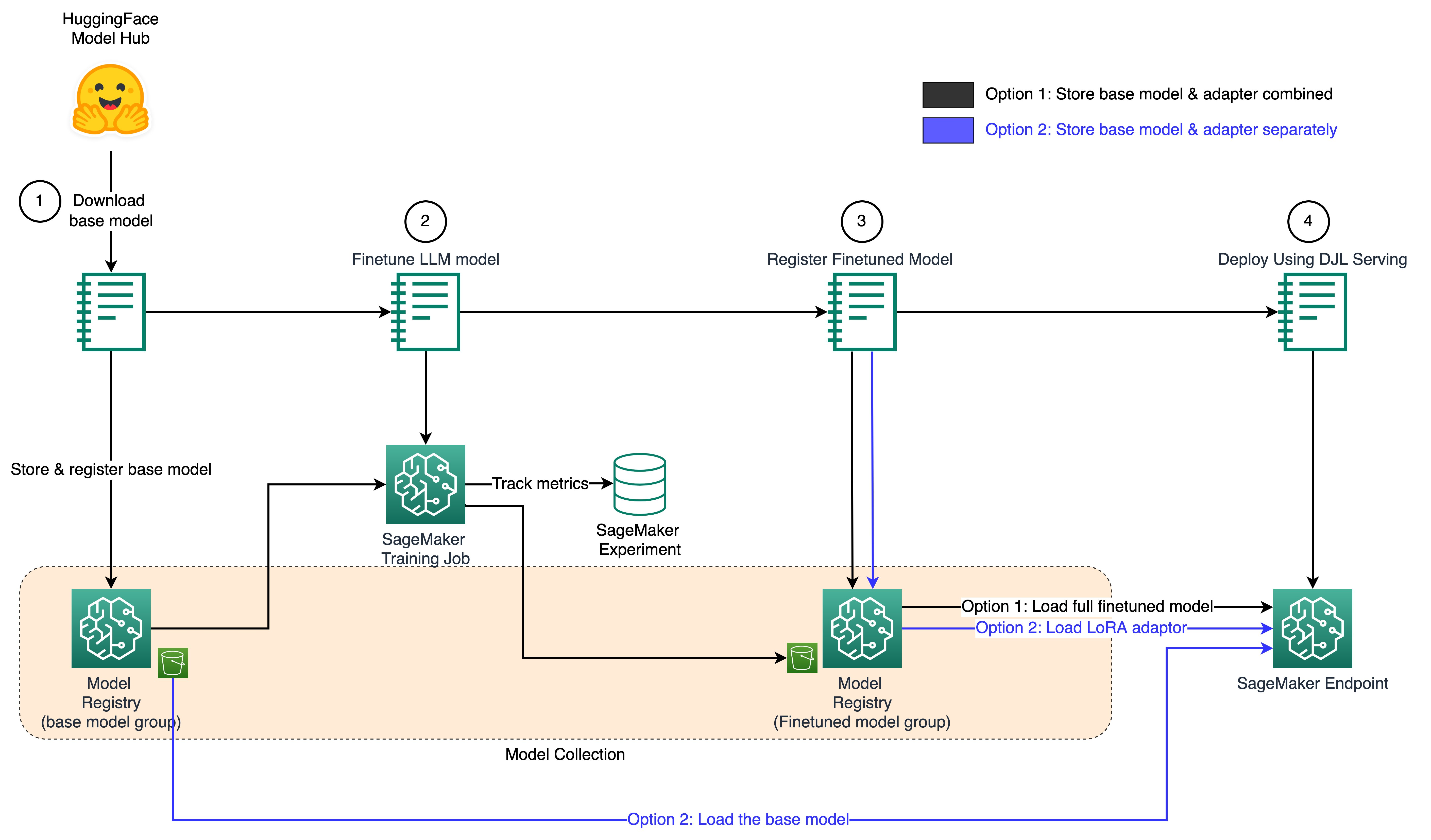- Published on
Local LLM Fine-tuning Customizing AI Models for Specific Tasks
- Authors

- Name
- Adil ABBADI
Introduction
The rapid advancement of artificial intelligence (AI) has led to the development of powerful language models, such as large language models (LLMs), that can perform a wide range of natural language processing (NLP) tasks. However, these pre-trained models may not always meet the specific requirements of individual industries or tasks. This is where local LLM fine-tuning comes into play. In this blog post, we will delve into the world of local LLM fine-tuning, exploring its benefits, techniques, and applications.

- What is Local LLM Fine-tuning?
- Benefits of Local LLM Fine-tuning
- Techniques for Local LLM Fine-tuning
- Applications of Local LLM Fine-tuning
- Practical Example of Local LLM Fine-tuning
- Conclusion
- Ready to Unlock the Power of Local LLM Fine-tuning?
What is Local LLM Fine-tuning?
Local LLM fine-tuning involves adapting a pre-trained LLM to a specific task or industry by further training it on a smaller, task-specific dataset. This process enables the model to learn from the unique characteristics of the new data and adapt to the specific requirements of the task or industry.
Benefits of Local LLM Fine-tuning
Local LLM fine-tuning offers several benefits over using pre-trained models as-is:
- Improved performance: Fine-tuning a LLM on a task-specific dataset can lead to significant improvements in performance, as the model learns to focus on the most relevant features and patterns.
- Customization: By adapting a LLM to a specific industry or task, you can tailor the model to meet the unique requirements and nuances of that domain.
- Increased efficiency: Fine-tuning a LLM can reduce the need for expensive and time-consuming data collection and annotation, as the model can learn from a smaller, task-specific dataset.
Techniques for Local LLM Fine-tuning
There are several techniques for fine-tuning a LLM, including:
- Incremental learning: This involves adding new tasks or data to the model's training set, allowing it to learn from the new information while retaining its existing knowledge.
- Task-aware adaptation: This technique involves adapting the model to a specific task by modifying its architecture or learning objective.
- Domain adaptation: This involves fine-tuning the model on a dataset from a related domain, allowing it to adapt to the new context.
Applications of Local LLM Fine-tuning
Local LLM fine-tuning has numerous applications across various industries, including:
- Healthcare: Fine-tuning LLMs for specific medical tasks, such as disease diagnosis or medication recommendation, can lead to more accurate and effective results.
- Finance: Adapting LLMs for financial applications, such as risk assessment or portfolio management, can improve their performance and adaptability.
- Customer service: Fine-tuning LLMs for customer service chatbots can enable them to better understand and respond to customer queries and concerns.
Practical Example of Local LLM Fine-tuning
Let's consider a practical example of fine-tuning a LLM for a specific task. Suppose we want to develop a chatbot that can assist customers with their banking queries. We can start with a pre-trained LLM and fine-tune it on a dataset of banking-related conversations.
import torch
from transformers import AutoModelForSequenceClassification, AutoTokenizer
# Load the pre-trained LLM and tokenizer
model = AutoModelForSequenceClassification.from_pretrained("distilbert-base-uncased")
tokenizer = AutoTokenizer.from_pretrained("distilbert-base-uncased")
# Load the task-specific dataset
dataset = pd.read_csv("banking_conversations.csv")
# Prepare the dataset for fine-tuning
input_ids = []
attention_masks = []
labels = []
for row in dataset.iterrows():
inputs = tokenizer.encode_plus(
row["text"],
add_special_tokens=True,
max_length=512,
padding="max_length",
truncation=True,
return_attention_mask=True,
return_tensors="pt"
)
input_ids.append(inputs["input_ids"].flatten())
attention_masks.append(inputs["attention_mask"].flatten())
labels.append(torch.tensor(row["label"]))
input_ids = torch.tensor(input_ids)
attention_masks = torch.tensor(attention_masks)
labels = torch.tensor(labels)
# Fine-tune the model on the task-specific dataset
device = torch.device("cuda" if torch.cuda.is_available() else "cpu")
model.to(device)
criterion = torch.nn.CrossEntropyLoss()
optimizer = torch.optim.Adam(model.parameters(), lr=1e-5)
for epoch in range(5):
model.train()
optimizer.zero_grad()
outputs = model(input_ids, attention_mask=attention_masks, labels=labels)
loss = criterion(outputs, labels)
loss.backward()
optimizer.step()
model.eval()
print(f"Epoch {epoch+1}, Loss: {loss.item()}")
# Save the fine-tuned model
torch.save(model.state_dict(), "fine_tuned_model.pth")
Conclusion
Local LLM fine-tuning is a powerful technique for customizing AI models for specific tasks and industries. By adapting pre-trained LLMs to task-specific datasets, we can achieve better performance, customization, and efficiency. Whether it's healthcare, finance, or customer service, local LLM fine-tuning can help unlock the full potential of AI models and drive innovation in various domains.
Ready to Unlock the Power of Local LLM Fine-tuning?
Start exploring the possibilities of local LLM fine-tuning today and discover how you can customize AI models to meet the unique requirements of your industry or task.
